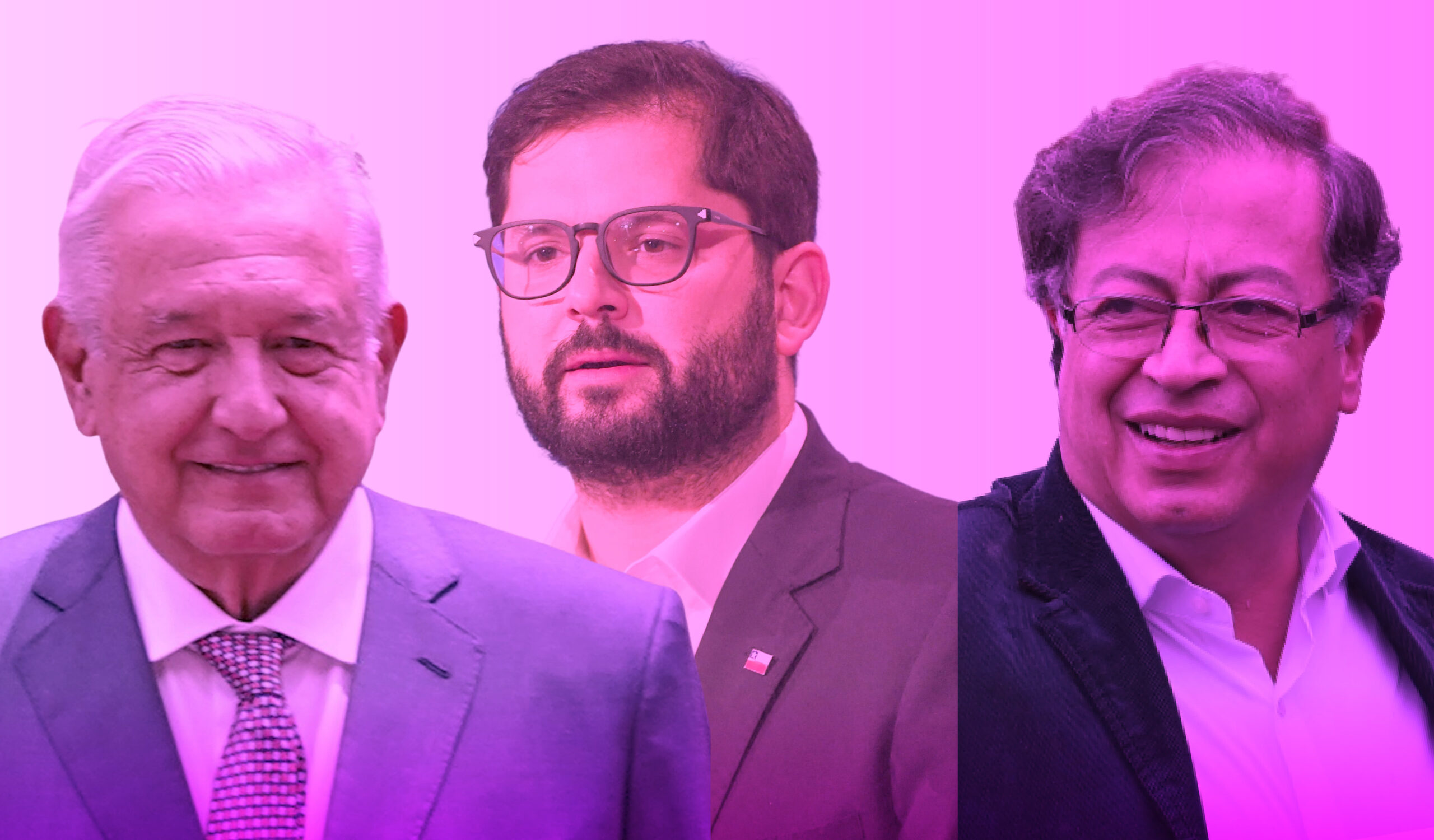BY OLIVER STUENKEL
JULY 18, 2022
Today’s leftist leaders face much tougher challenges than did their predecessors.
SA͂O PAULO — Gustavo Petro’s upcoming inauguration on August 7 as Colombia’s first left-wing president confirms an unmistakable trend in Latin American politics: Only five years after right-leaning leaders occupied presidential palaces in much of the region—including Chile, Bolivia, Argentina, Brazil, Colombia and Mexico—leftist candidates have won the vast majority of national elections and now govern all of the region’s major countries except Brazil, where former president Luiz Inácio Lula da Silva holds a comfortable lead less than 100 days ahead of the presidential election.
This “new pink tide” appears even more dominant than its predecessor in the 2000s that brought to power leaders like Argentina’s Cristina Kirchner, Bolivia’s Evo Morales and Venezuela’s Hugo Chávez. However, comparing the two cohorts reveals more differences than similarities.
First, Latin American leaders in the mid-2000s enjoyed a commodity boom and, by the end of the decade, a significant U.S. interest rate reduction, which created an…









